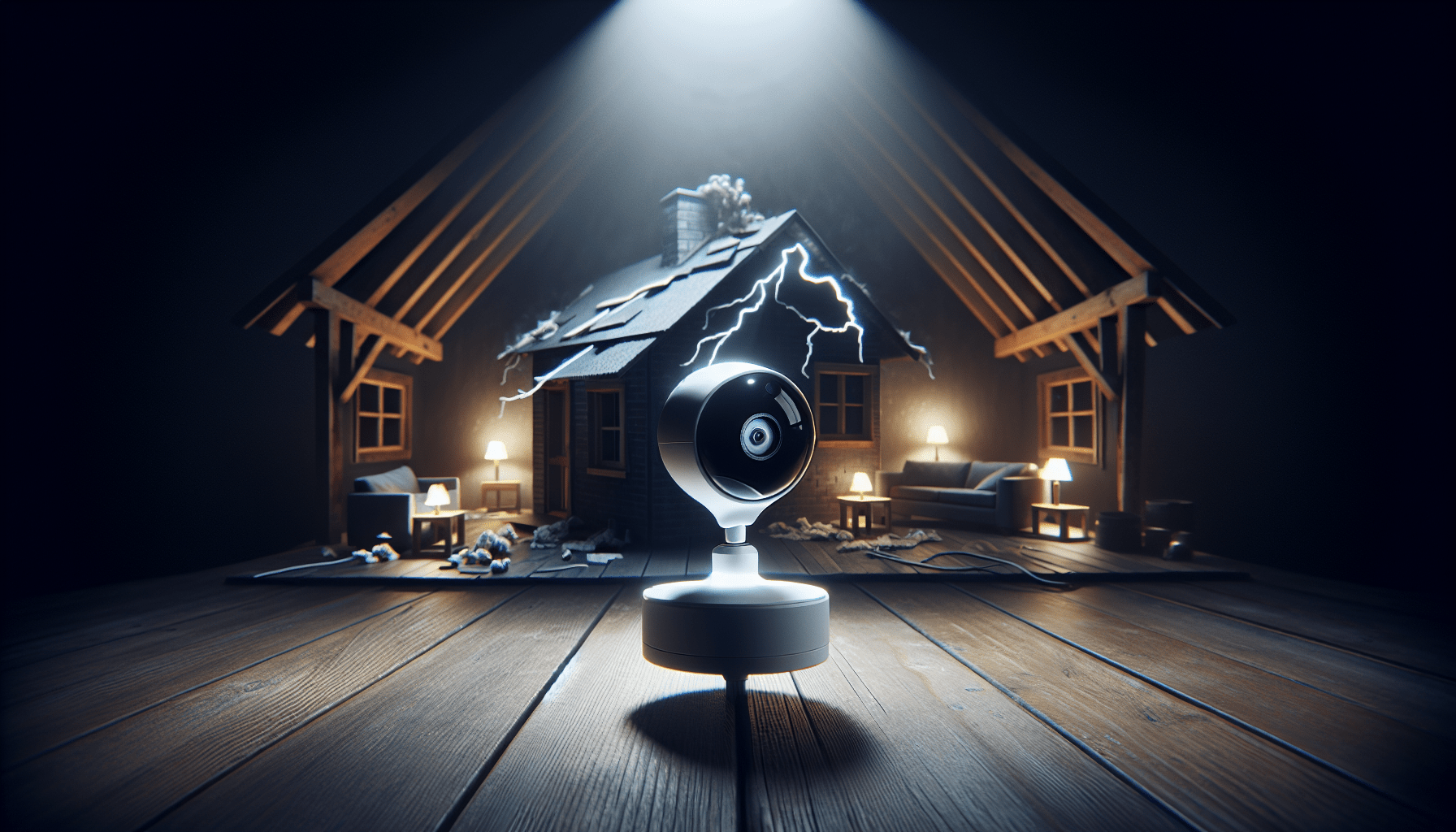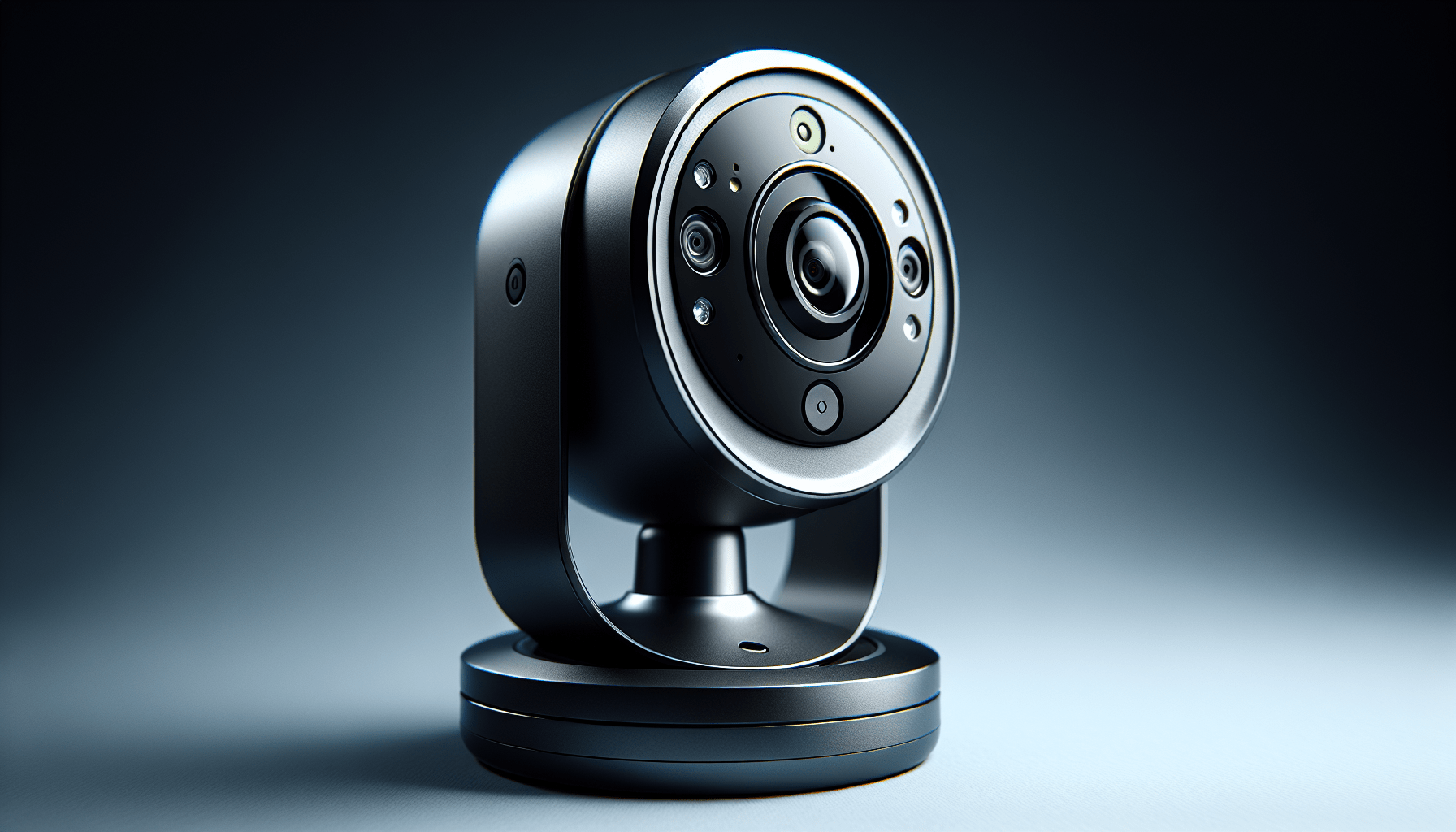Hello there! When it comes to placing smart security cameras in your home or business, there are a few key factors you’ll want to keep in mind for optimal performance and effectiveness. Factors such as the camera’s field of view, placement height, lighting conditions, and privacy considerations can all impact the overall security coverage you receive. By carefully considering these factors, you can ensure that your smart security cameras are positioned in the best locations to keep your property safe and secure. What Factors Should I Consider When Placing Smart Security Cameras?
Have you ever thought about installing smart security cameras in your home or business, but feel overwhelmed by all the options and factors to consider? Fear not, because in this guide, we will break down everything you need to know about placing smart security cameras to ensure optimal security and peace of mind. Let’s dive in!
Location, Location, Location
When it comes to smart security cameras, the location of installation plays a crucial role in their effectiveness. Consider areas that are vulnerable to break-ins or suspicious activities such as entry points like doors and windows, driveways, and other blind spots. It’s essential to have cameras cover all angles for maximum coverage.
Think about the layout of your property and where potential threats could arise. For example, if you have a large backyard with easy access points, consider installing cameras with a wide viewing range to monitor the entire area effectively.
Tips for Ideal Camera Placement
- Place cameras high enough to avoid tampering but low enough to capture faces and activities.
- Ensure cameras are protected from the elements to prevent damage and ensure clear footage.
- Avoid pointing cameras directly at light sources to prevent glare and improve image quality.
- Choose discreet locations for cameras to prevent potential intruders from disabling them easily.
Connectivity and Power Source
Once you’ve identified the perfect locations for your smart security cameras, it’s crucial to consider connectivity and power sources. Most smart cameras require a stable Wi-Fi connection to transmit footage to your devices or cloud storage. Ensure that the areas where you plan to install cameras have adequate Wi-Fi coverage for seamless operation.
In addition to connectivity, consider the power source for your smart cameras. Some cameras are battery-powered for flexibility in placement, while others require a constant power supply. Choose cameras that align with your preferences and needs for convenience.
Power Source Options for Smart Cameras
- Battery-Powered Cameras: Ideal for areas without easy access to power outlets but require regular battery changes or recharging.
- Wired Cameras: Reliable and constant power supply without the need for battery replacements, but may require professional installation.
- Solar-Powered Cameras: Environmentally friendly and cost-effective option for outdoor areas with access to sunlight.
Field of View and Resolution
When investing in smart security cameras, it’s essential to consider the field of view and resolution to capture clear and detailed footage. The field of view determines the area that the camera can cover, while resolution refers to the quality of the footage captured.
Choose cameras with a wide field of view to monitor larger areas effectively, such as backyard or parking lots. Higher resolution cameras provide sharper and more detailed images, making it easier to identify faces, license plates, or other critical details.
Factors to Consider for Field of View and Resolution
- Field of View: Opt for cameras with a wide-angle lens for broader coverage or pan-tilt-zoom (PTZ) cameras for flexible monitoring.
- Resolution: Select cameras with at least 1080p resolution for clear and crisp images, especially for areas with high traffic or activity.
- Night Vision: Consider cameras with infrared sensors for clear footage in low-light or nighttime conditions.
Storage and Cloud Integration
Once your smart security cameras are in place, it’s essential to consider storage options for recording and accessing footage. Most smart cameras offer local storage on SD cards or NVRs, while others provide cloud storage for convenient access from anywhere.
Think about your preferences for storage and how you plan to access and manage recorded footage. Local storage options provide control over your data but may require regular maintenance, while cloud storage offers remote access and backup options for added security.
Pros and Cons of Storage Options
- Local Storage: Provides full control over footage and data privacy but may require physical access for retrieval and management.
- Cloud Storage: Offers remote access, automatic backups, and seamless integration with smart devices but may come with subscription fees and dependence on internet connectivity.
Smart Features and Motion Detection
Smart security cameras come with a variety of advanced features such as motion detection, two-way audio, and AI-powered alerts for added convenience and security. Consider these smart features when choosing cameras for your home or business.
Motion detection allows cameras to detect movement and send alerts to your devices, reducing false alarms and saving storage space. Two-way audio enables communication with visitors or potential intruders remotely, while AI-powered alerts can detect specific objects or behaviors for enhanced security.
Smart Features to Enhance Security
- Motion Detection Zones: Customize areas for motion detection to focus on critical areas and reduce false alarms.
- Two-Way Audio: Communicate with visitors or deter intruders remotely through the camera’s built-in speaker and microphone.
- AI-Powered Alerts: Receive notifications for specific objects or behaviors such as package deliveries, vehicle detection, or suspicious activities.
Privacy and Data Security
As you set up your smart security cameras, it’s crucial to prioritize privacy and data security to protect your personal information and footage. Choose cameras from reputable manufacturers that comply with data protection regulations and offer encryption for secure transmission.
Ensure that you set up unique and secure passwords for your cameras and devices to prevent unauthorized access. Regularly update firmware and software to patch vulnerabilities and keep your system up to date with the latest security features.
Tips for Protecting Privacy and Data Security
- Enable Two-Factor Authentication: Add an extra layer of security by requiring a verification code for accessing cameras and accounts.
- Secure Network Connection: Use a strong and secure Wi-Fi password to prevent hacking and unauthorized access to your cameras.
- Regularly Check Settings: Review camera settings and permissions to ensure that privacy features are enabled, and only necessary data is collected.
Integrating Smart Cameras with Home Automation
Smart security cameras can be integrated with home automation systems for seamless control and monitoring of your property. Consider compatibility with popular smart home platforms like Amazon Alexa, Google Home, or Apple HomeKit for added convenience and flexibility.
Integrating smart cameras with home automation allows you to set up custom routines, automate tasks, and control cameras with voice commands. You can also receive alerts and notifications on your smart devices for real-time monitoring and peace of mind.
Benefits of Home Automation Integration
- Voice Control: Control cameras and access footage with voice commands using smart assistants like Alexa or Google Assistant.
- Custom Routines: Set up automated tasks based on specific triggers or schedules to enhance security and convenience.
- Remote Monitoring: Receive alerts and notifications on your smart devices for real-time monitoring and instant access to footage.
In conclusion, placing smart security cameras requires careful consideration of factors such as location, connectivity, field of view, resolution, storage, smart features, privacy, and integration with home automation. By following these guidelines and tips, you can ensure optimal security and peace of mind with your smart camera system. Remember, the key to effective security is thoughtful planning and strategic placement of cameras to cover all angles and potential threats. Stay safe and secure!





